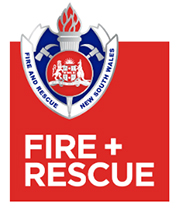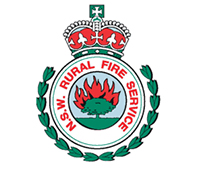Fire Safety
Safe Disposal of Smoke Alarms
[st_box title=”FACT” type=”info”]The radiation dose to the occupants of a house from a domestic smoke alarm is minute compared to natural background radiation from the sun in the form of cosmic radiation, as well as radiation from certain rocks and food we eat. The gamma ray dose rate from a domestic smoke alarm at a distance of one metre is less than one thousandth of that from background radiation.[/st_box]Radiation safety
There are two types of smoke alarm commonly available.
- One type uses the radiation from a small amount of radioactive material to detect smoke or heat sources.
- The other type does not contain radioactive material – it uses a photoelectric sensor to detect the change in light level caused by smoke.
Due to the small amount of material used and the secure means of its encapsulation, these smoke alarms are completely safe under all normal conditions it may encounter, including during a fire.
Safe disposal
The Radiation Health Committee has recommended that the preferred method of disposal for small numbers of smoke alarms is to include them in the domestic rubbish. The Committee considered this action acceptable because:
- The amount of radioactive material in each smoke alarm is extremely small and, from environmental and public health perspectives, the disposal of individual smoke alarms with domestic rubbish does not represent any hazard;
- The radioactive material is securely bound in a metal foil within the smoke alarm; and
- The amount of naturally-occurring alpha-emitting radioactivity in normal soils is equivalent to a dozen or more smoke alarms in every cubic metre. The dispersal of smoke alarms, even in large numbers, through refuse land-fill sites is therefore not significant in comparison.
Recommendations
Individual (up to 10) smoke alarms can be safely disposed of in domestic rubbish.
When more than ten smoke alarms are collected together for bulk disposal, they must be treated as radioactive waste and the requirements of the National Health and Medical Research Council’s Code of Practice for the Near-Surface Disposal of Radioactive Waste in Australia (1992) must be met.
[st_box title=”TIPS” type=”info”]CHANGE YOUR CLOCK, CHANGE YOUR BATTERY – Smoke alarm batteries should be replaced every six months in line with daylight savings. Smoke alarms should also be cleaned with a light duster to remove dust build-up at the time of battery change. When replacing smoke alarms, the FRNSW recommends the replacement smoke alarms to be a photoelectric type. Smoke alarms must be in accordance with Australian Standard AS 3786. Please refer to Smoke Alarm Factsheet (11 and 11B) for further information http://www.fire.nsw.gov.au/page.php?id=80[/st_box]



